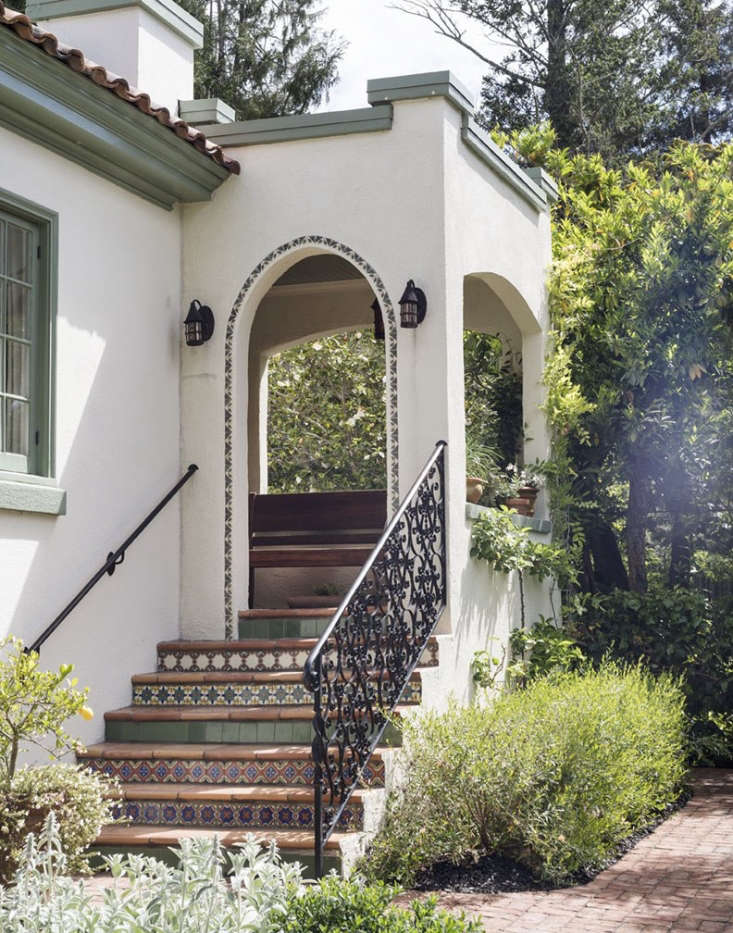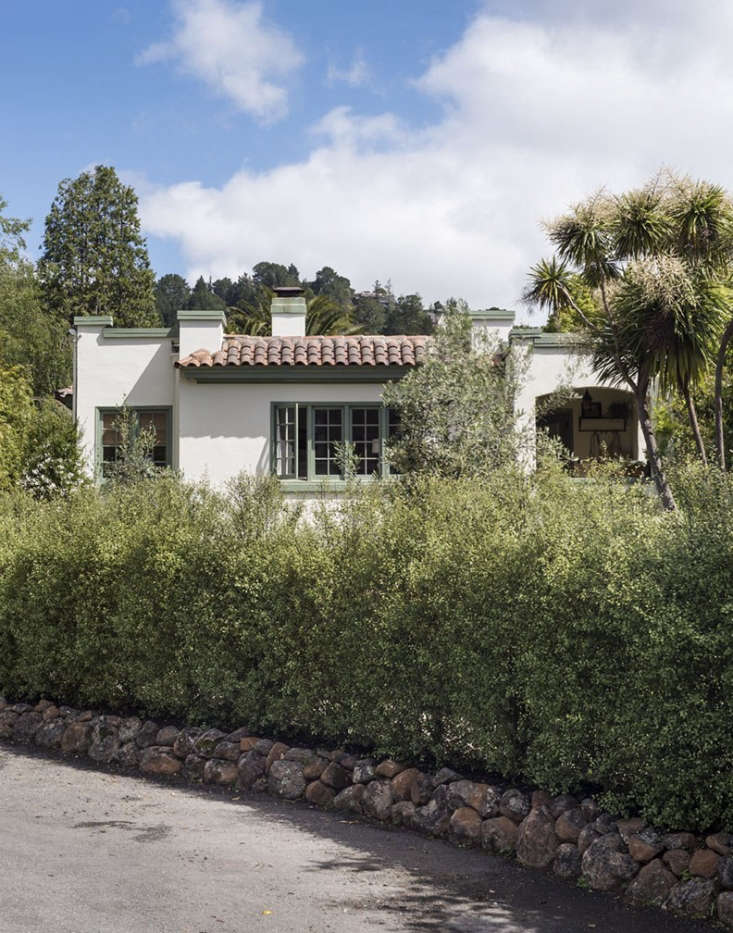Whether it’s a new patio or a complete garden overhaul, any landscaping project can quickly outgrow its budget unless you plan ahead. I speak from experience.
In the six years since I moved into my house on a small lot (0.15 acres in downtown Mill Valley, California), I’ve changed nearly every aspect of the outdoor space, from the backyard to the front garden. The upgrades included a new patio, garden beds, paths, a gate, and a privacy hedge. Every step of the way, there were decisions to make on where to splurge and where to save.
As with most budgets, mine required more saving than splurging. Here are the top 10 ways I saved money on landscape design without cutting corners.
Photography by Matthew Williams for Gardenista.
1. Don’t toss; transform.

Don’t toss; transform is a lesson I learned from my friend Jean Victor, who wrote the chapter on Expert Advice: Garden Design in our new Gardenista book: “Avoid the temptation to rip out and discard everything in your existing landscape,” Jean recommends. “Repurpose bricks from a planter for a new pathway; use old fence pickets to make a gate; dig up hardy perennials and move them to a new bed.”
2. Embrace the slippery slope.

Moving soil is expensive; instead of fighting the contours of your garden, try to embrace them. If the land is so steep that it is eroding, consider stabilizing it with inexpensive Jute Erosion Control Cloth ($2.30 per yard from Online Fabric Store). The mesh has wide spacing; you can plant ground cover, vine, or succulent plugs directly in the cloth.
3. Plan a plant swap party.

To save money on plants, you can ask your neighbor for a clump of bearded iris and in return offer some of your salvia. Or plan a neighborhood get-together to exchange plants in greater quantities.
4. Minimize maintenance with compromises.

Says Jean Victor, “If you live in a dry climate and want an English garden look, you’ll continually pay for it in high water and upkeep bills. But you don’t necessarily have to do either-or.” Cut down on the cost of roses, for instance, by planting them in front of an evergreen hedge.”
5. Make a temporary path.

If you can’t afford stone pavers or brick right away, lay out the path where it wants it to be and pave it with a placeholder such as pea gravel.
6. Plant for the future.

You’ll save money if you sow seeds, buy small pots, or start plants from cuttings—and in five years your garden will look as robust and healthy as if you started with bigger, more expensive plants.
7. Go on a scavenger hunt.

Jean Victor suggests incorporating finds from salvage yards and junk shops—vintage gates, weathered bricks, old fence boards, and stone troughs—into a landscape. You will not only save money but also add character to a new garden.
8. Mix and match.

You don’t need an expensive matched set of furniture to create a comfortable or stylish outdoor living room. A mix of natural materials and textures—such as wood, rattan, and metal—will look at home against a backdrop of green foliage.
9. Shop the sales.

A tip from Jean Victor: “Most nurseries have big plant sales in the fall, with markdowns of 50 percent or more. This is also one of the best times of year to plant—the soil is still warm enough to allow root systems to establish and cooler temperatures reduce the need to water.”
10. Add small details for big impact.

Inexpensive accessories—house numbers, a classic mailbox, a stylish bird feeder—can have a big visual impact and create instant curb appeal. Glass accessories in particular will reflect light and sparkle. For more ideas, see 10 Easy Pieces: Glass Garden Accessories.
N.B.: This post is an update; it was first published in 2017.
Whether you’re planning a garden remodel or updating even one element of your landscape, get tips and inspiration from our curated Hardscape 101 guides to Pavers, Decks & Patios, and Fences & Gates. For help planning plant palettes and laying out garden beds, see our curated Garden Design 101 guides (with growing tips) for our favorite Perennials, Annuals, Ground Covers, and Vines & Climbers. And for more outdoor style on a budget, see:
- Ikea 2017: Stylish Rattan by a Superstar Dutch Designer
- 11 Ways to Add Curb Appeal for Under $100
- Landscape on a Budget: The $250 Instant Rose Garden










Have a Question or Comment About This Post?
Join the conversation